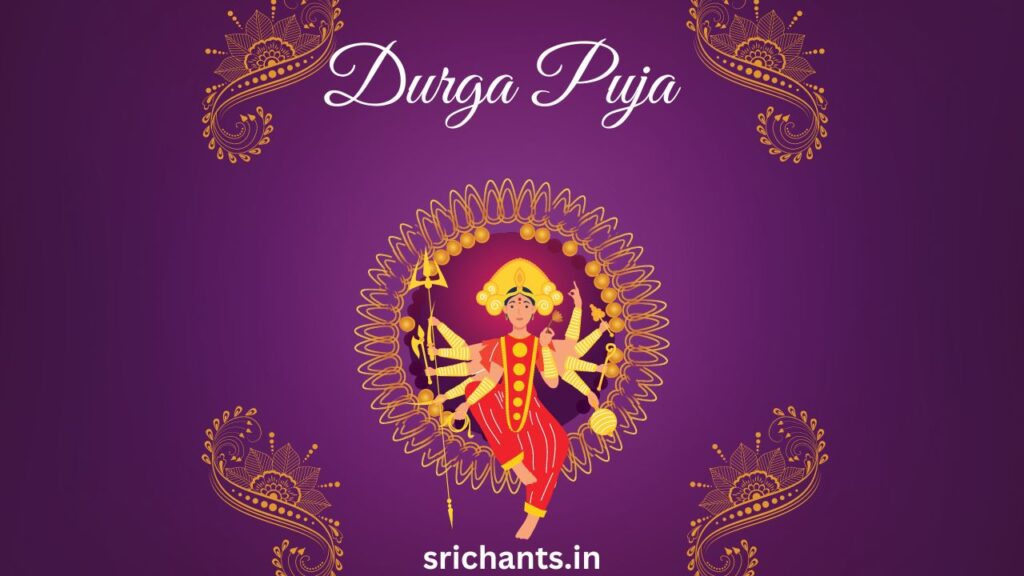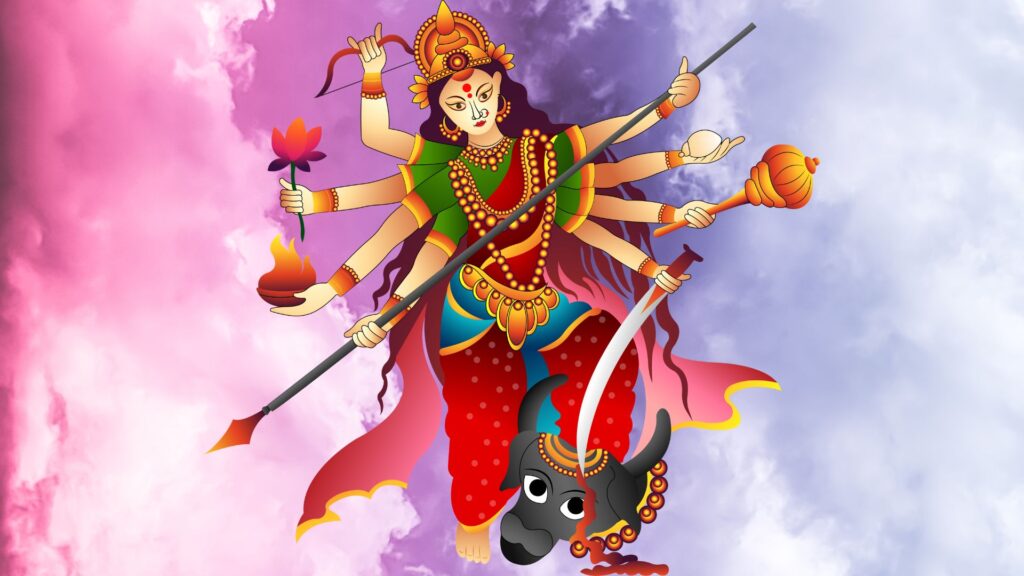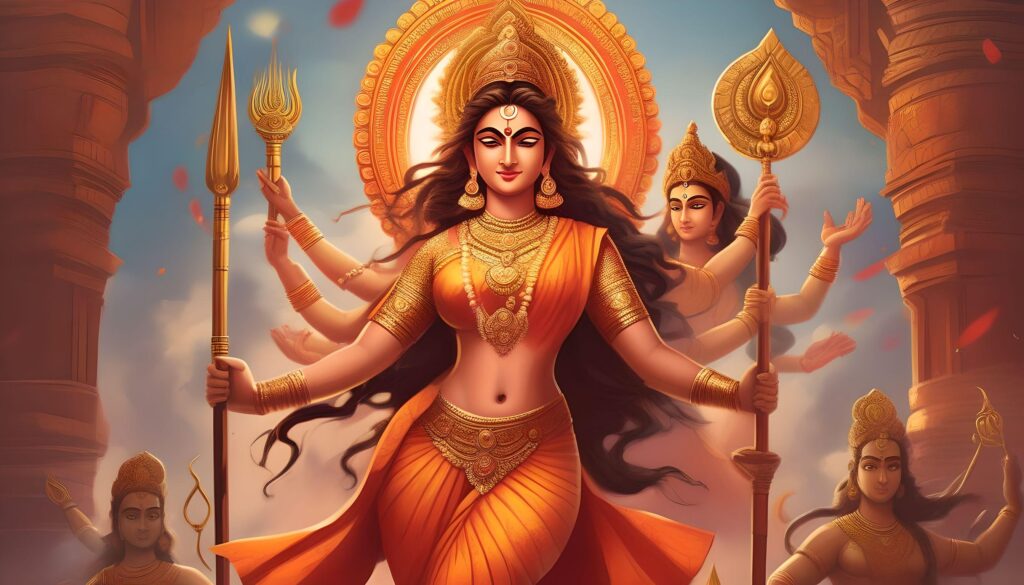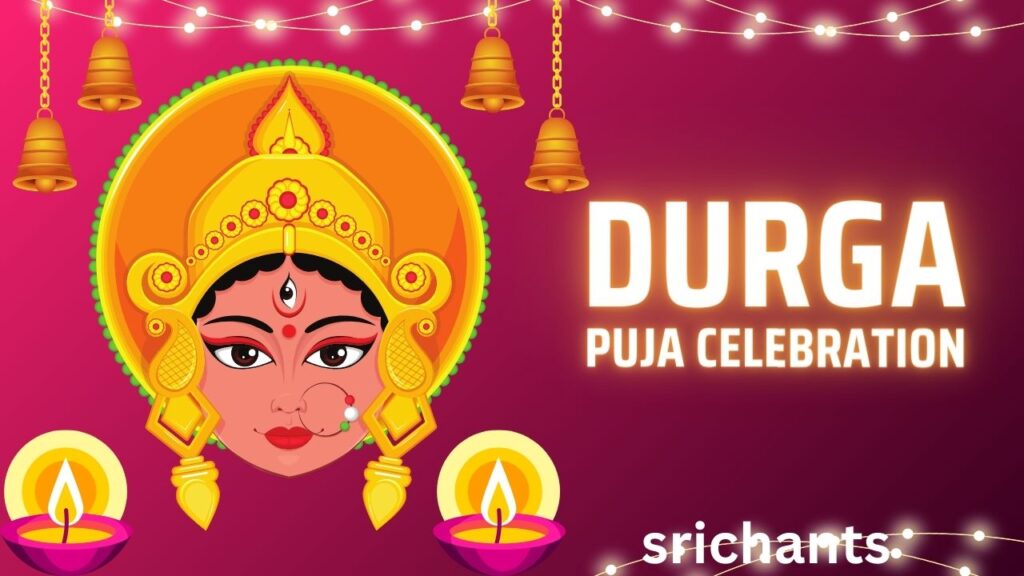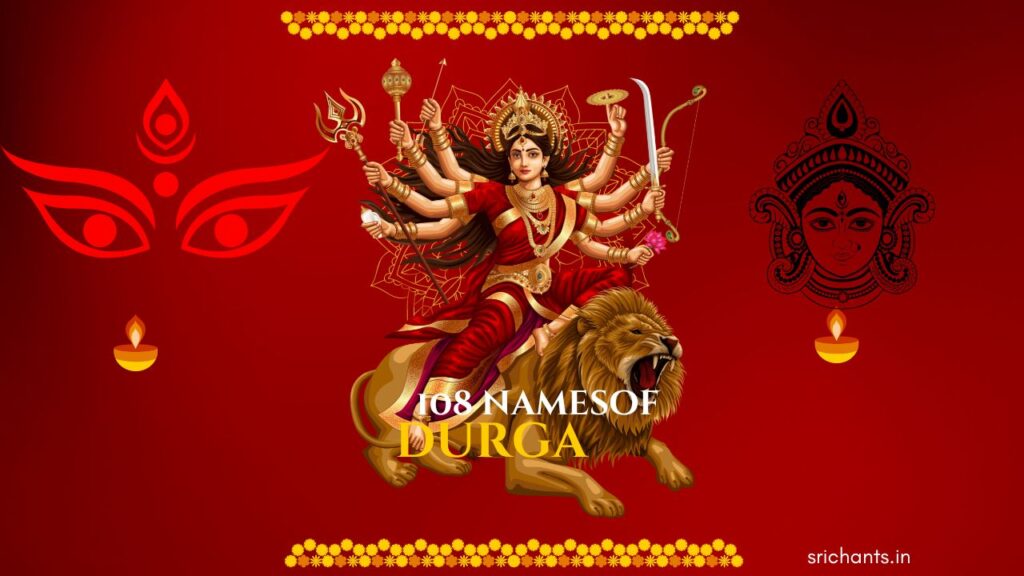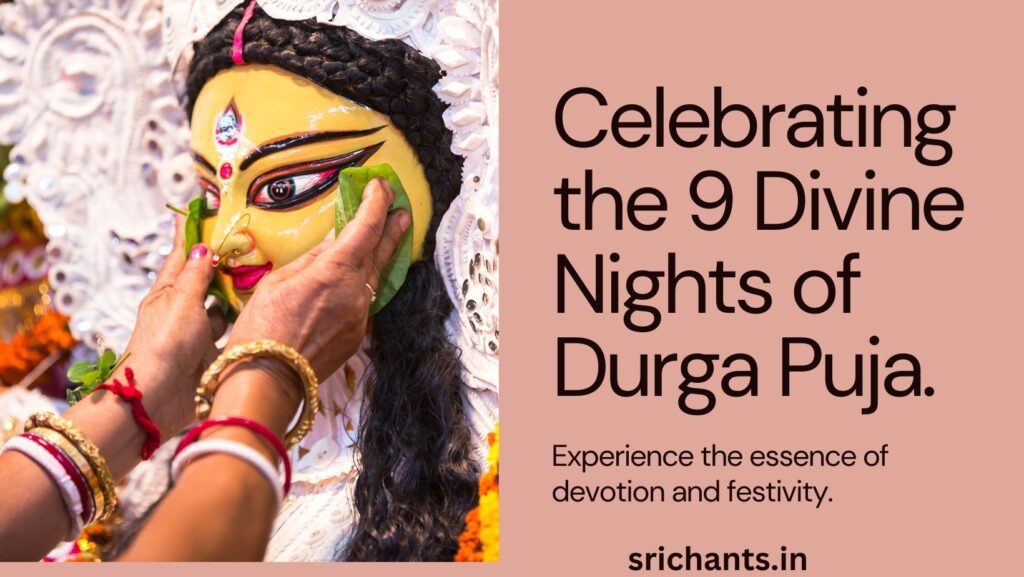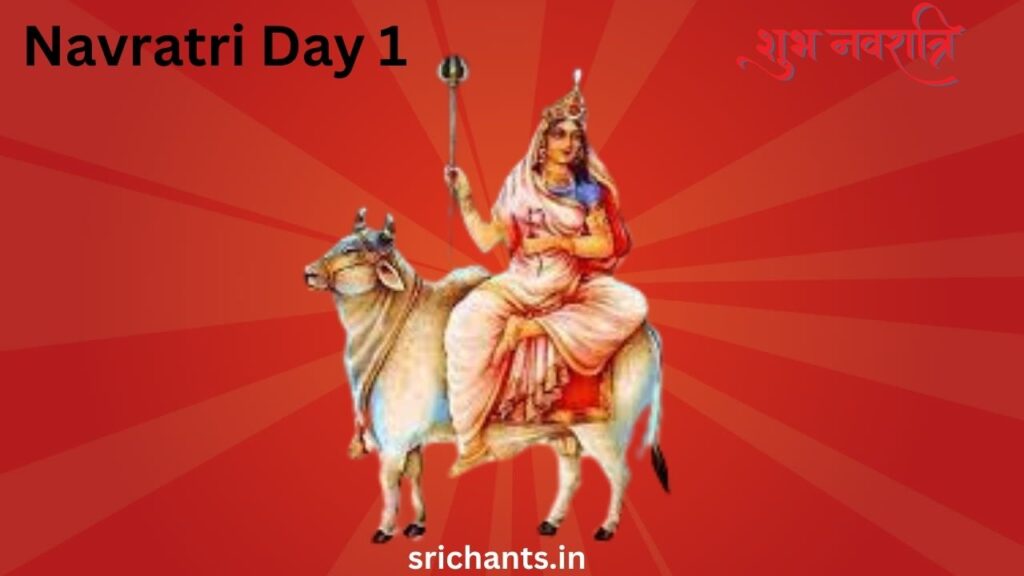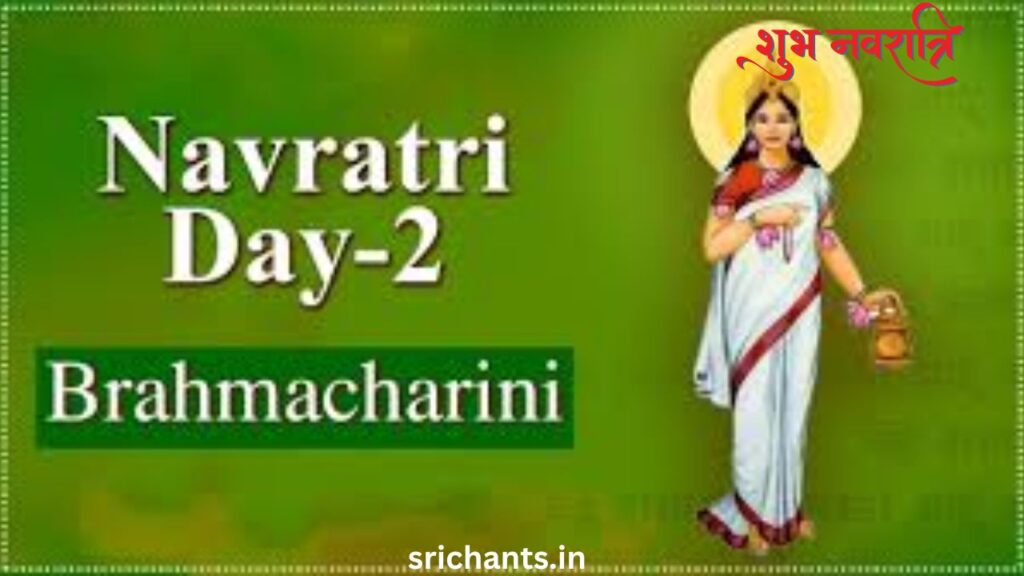Durga Maa Pooja: The Spiritual and Scientific Significance
Introduction
India, also referred to as “Incredible India,” is a nation whose varied customs, festivals, and culture never cease to astound. Durga Puja is one such celebration with great spiritual and scientific significance. Durga Puja, a ten-day Hindu holiday, is widely observed with immense enthusiasm and happiness as it respects and pays respect to Goddess Durga, who is an avatar of Goddess Parvati. We shall explore the rich cultural background, historical significance, and scientific underpinnings of Durga Puja in this piece.
The History of Durga Puja
Hindu mythology is the foundation of the ancient history of Durga Puja. Legend has it that a strong demon by the name of Mahishasura attained great strength as a result of his devotion to Lord Brahma. He thereby gained invincibility over all males. When the gods turned to Lord Shiva for assistance, he proposed raising a formidable female warrior to take on Mahishasura. As a result, the combined powers of numerous gods and goddesses gave birth to Goddess Durga. People commemorate Goddess Durga’s victory as a major celebration since, on the tenth day, she ultimately vanquished Mahishasura after a bloody struggle.
The Significance of Durga Puja
India’s Durga Puja is very important both culturally and spiritually, especially in the state of West Bengal. People gather during this time to adore Goddess Durga and ask for her blessings. The celebration honors women’s strength and power and represents the triumph of good over evil. Due to the gathering of individuals from all communities and backgrounds for the celebration, Durga Puja also fosters social harmony. It’s a joyful, unified, and devoted period.
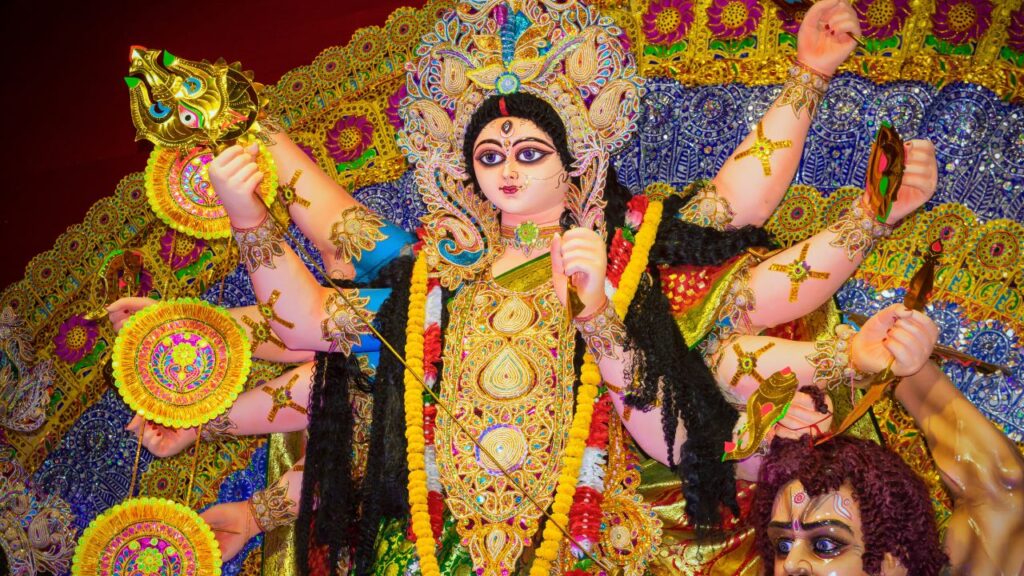
The Triad Celebration
West Bengal is not the only region in India where Durga Puja is observed concurrently as part of the triad celebration. Goddess Saraswati is honored during the last three days, Goddess Lakshmi for the following three, and Goddess Durga for the first three. Every holiday in the triad celebration has a special meaning and customs of its own. On the tenth day of the month, Dussehra commemorates Lord Rama’s victory over the demon king Ravana. Goddess Durga is the focus of the nine-day Navaratri festival, while Ayudha Pooja is a celebration honoring everyday instruments.
The Splendid Celebration of Durga Puja
Large-scale and captivating celebrations are a hallmark of Durga Puja, particularly in Kolkata. Even UNESCO has classified the celebration as part of the Intangible Cultural Heritage of Humanity. The construction of the Goddess Durga idol is one of the main attractions of Durga Puja. The clay idol is painstakingly crafted by skilled artisans in Kolkata’s Kumartuli neighborhood. It is embellished with jewelry, clothes, and several arms holding weapons. Months in advance, the idol-making process is undertaken, and the outcome is a heavenly construction that enthralls both devotees and outsiders.
Pandals are another essential component of Durga Puja celebrations; they are temporary buildings constructed for worship. A mesmerizing atmosphere is created by the exquisite paintings, detailed artwork, sculptures, and lighting that adorn these pandals. In particular, theme pandals are a visual delight since they feature representations of well-known castles or landmarks, as well as mythological tales and modern societal themes. In addition, the pandals are home to a number of stalls selling distinctive festival-related merchandise, like as traditional clothing, decorations, artwork, and delectable Bengali food.
During Durga Puja, worshiping Goddess Durga is an uplifting experience. An intense and significant ambiance is created by the sound of the “dhaak,” a traditional musical instrument, the lighting of lamps and camphor during the aarti ceremony, the beating of drums, the blowing of conch shells, and the ringing of bells. In addition to celebrating the strength and power of women, Durga Puja features processions, happy dancing to traditional Bengali music, and ladies dressed in traditional West Bengali attire.
Temples to Visit During Durga Puja
Although Durga Puja is observed throughout India, certain temples are especially sacred on this occasion. During Durga Puja, devotees swarm to various temples to seek blessings. These include the Vaishno Devi Temple in Jammu and Kashmir, the Mansa Devi Temple in Uttarakhand, the Chamunda Devi Temple in Himachal Pradesh, the Kamakhya Temple in Assam, the Amba Mata Temple in Gujarat, the Dakshineswar Kali Mandir in Kolkata, and the Karni Mata Temple in Rajasthan.
The Spiritual and Scientific Significance of Durga Puja
In addition to its spiritual significance, Durga Puja’s customs and rituals have scientific justifications. During Durga Puja, intermittent fasting is observed. Research has shown that this practice has health benefits, including lowering blood pressure, boosting sexual drive, and helping to maintain body temperature. Since the celebration of Durga Puja in September and October coincides with a shift in the seasons, intermittent fasting is an excellent approach to keep your gut healthy.
One of the three festivals associated with Durga Puja is Navaratri, which is thought to be related to planetary placements. Every planet affects and has an effect on the human body and psyche, according to Vedic astrology. Navaratri is a time to participate in cultural activities and undertake rituals to create harmony in both body and mind. Dancing promotes mental health by lowering stress, releasing endorphins, and igniting pleasant energies. One example of this is the ancient Garba dance in North India.
There are logical explanations for why women wear bangles and red during Durga Puja. Vermilion, a concoction of lime, mercury, and turmeric, is said to affect body temperature, sexual drive, and blood pressure. Wearing a bracelet can make conception easier by pushing on the veins beneath the hands, which increases blood flow to the reproductive system.
Conclusion
Beyond its religious and cultural significance, Durga Puja is a festival. It’s a season of happiness, festivity, and harmony. Millions of people are enthralled with Durga Puja’s splendor and elegance, from the idol’s construction to the intricate pandal decorations. Durga Puja is a celebration that integrates religion and reason since its customs and rituals have both spiritual and scientific roots. Durga Puja unites people by reminding them of the strength of the human spirit and the power of good over evil, as the sound of dhak reverberates through the streets and the perfume of dhunuchi fills the air.
Come witness the enchantment of Durga Puja in India, take part in the colorful festivities, and make lifelong memories. Allow this auspicious holiday to flood your heart and spirit with joy, dedication, and unity.
Come discover India’s rich cultural legacy with us at Indian Panorama. For frequent updates and stunning images of India accompanied by meaningful captions, follow us on Facebook and Instagram.
Join Indian Panorama, the top destination management company in India, on an amazing journey through the customs and colors of Durga Puja.
durga maa pooja #durgafestival #durgapuja #durgadurgapuja #durgamaapooja #durgamaapuja
